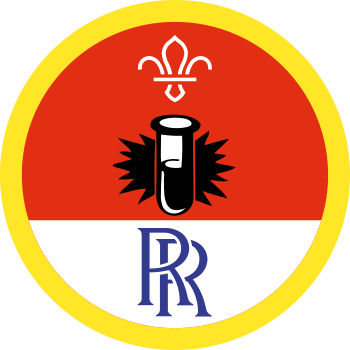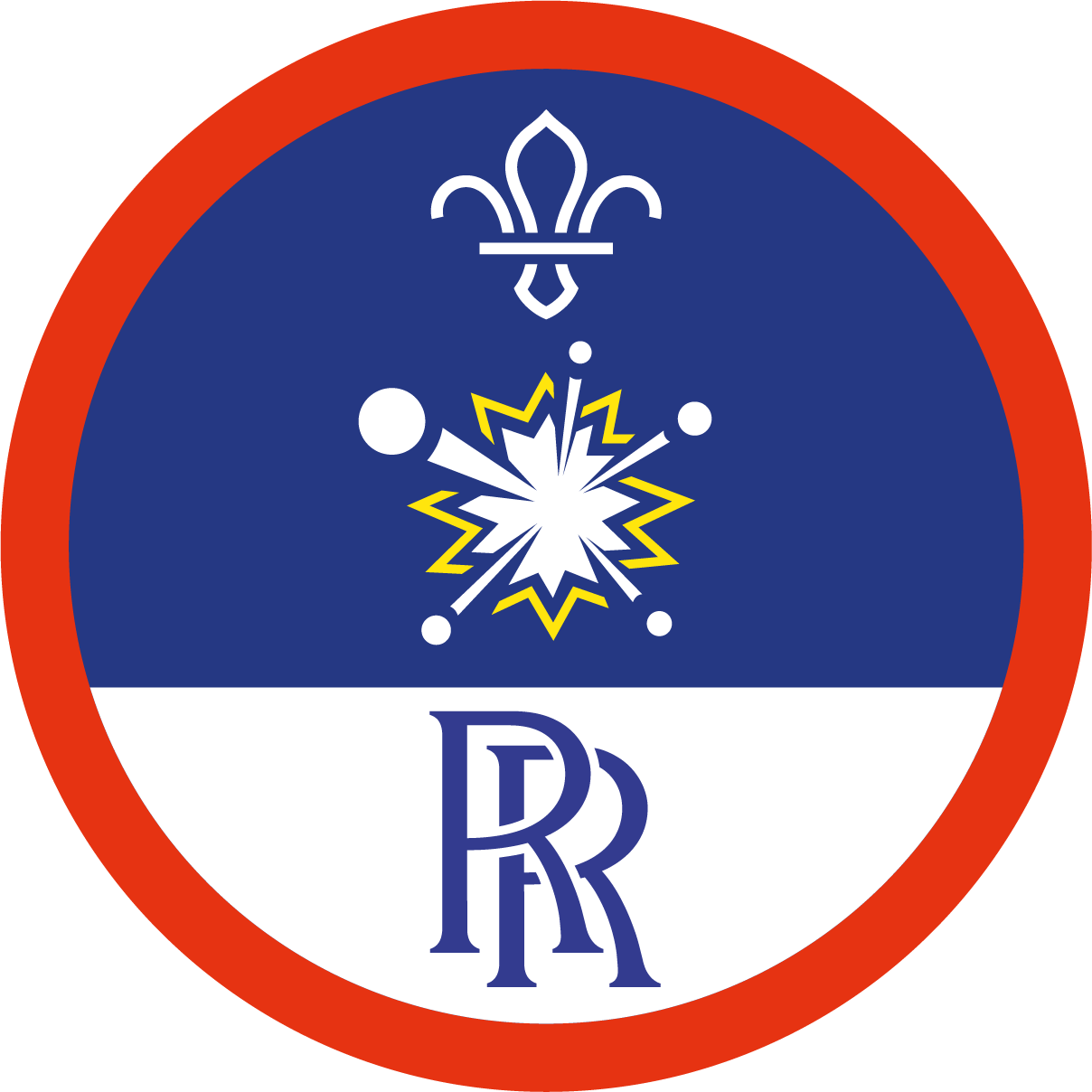
Compass crafting
You’ll need
- Bowls
- Access to water
- Compass
- Scrap card
- Pens or pencils
- Scissors
- Metal needle
- Corks or wax paper
- Magnet
To watch in full screen, double click the video
Before you begin
- You could run this activity as one of two or more bases. This allows everyone to work together and save resources. If you’re doing more than one experiment, make sure you have enough adult supervision for each one and that all the necessary equipment is ready.
- Cut out the discs from a cork, or pieces from a sheet of wax paper. The cork should be about 0.5cm tall or the wax paper 2.5cm in diameter. Each group doing the activity will need one disc of either.
Make your compass
- Everyone should get into pairs or small groups, depending on the resources available. Give each group a needle and a magnet.
- Groups should rub their magnet against their needle, rubbing only in one direction.
- Give each group their disc. If using cork, the needle can be carefully pushed through the centre of the disc, horizontally from the top of the circle to the bottom. If using wax paper, thread the needle horizontally into the paper, so that it lies flat on top. An adult can help if this is a bit fiddly.
- Give each group a bowl of water. Put the disc with the needle in the water, where it should float. Try to make sure the needle stays clear of the sides at both ends.
- The disc should move in the water, rotating to face a different direction. Wait and watch as this happens. See what direction it ends up pointing in by comparing it with a normal compass. If the experiment’s worked, the needle should be pointing north.
- Next, groups should move their magnet toward their homemade compass in the water. See what happens as the magnet gets closer to your new compass.
- Come together to discuss the science of magnets and compasses. See how much everyone knows about how they work.
Reflection
This activity explores the science behind navigation and hillwalking. In Scouts, a compass is a really important tool for navigating when out exploring. Are there other materials you could use to make a compass out in the wild? What could you use instead of the cork/wax paper? A hint: it floats and it grows on trees!
In some places, magnetic compasses might not be 100% accurate. The Earth’s ‘magnetic field’ doesn’t run exactly along the Earth’s axis, it’s skewed slightly off centre. This is called the ‘declination’ and good maps usually show this in different areas where it changes little by little around the planet. How might this affect your homemade compass?
Safety
All activities must be safely managed. You must complete a thorough risk assessment and take appropriate steps to reduce risk. Use the safety checklist to help you plan and risk assess your activity. Always get approval for the activity, and have suitable supervision and an InTouch process.
- Scissors
Supervise young people appropriately when they’re using scissors. Store all sharp objects securely, out of the reach of young people.
- Science
Supervise young people, and only do science activities that are advised and age appropriate for your section. Test activities first, to make sure you’re confident you can lead them safely. Use protective clothing where necessary.
- Sharp objects
Teach young people how to use sharp objects safely. Supervise them appropriately throughout. Store all sharp objects securely, out of the reach of young people.
Upgrade your makeshift compass so that you could use it to take a bearing on a map. Have the pairs or groups draw some ideas for designs of how this could work. They could use a standard compass for inspiration.
If there’s time, you could challenge the groups to complete a navigational challenge using the compasses they’ve just made. Hide an item due north of your meeting place and see who can find it first.
Make sure everyone has the necessary help to perform the experiment. Bear this is mind when splitting off into groups.
All Scout activities should be inclusive and accessible.
In the past we used stars to navigate and the magnetic compass was invented around 1,000 years ago. Today more people use the Global Positioning System (GPS), which uses a network of satellites instead of stars. Why not find out more about satellites and work towards your Scouts Astronautics Activity Badge too?
Young people were free to test their compasses and change things to try to make them work better.

